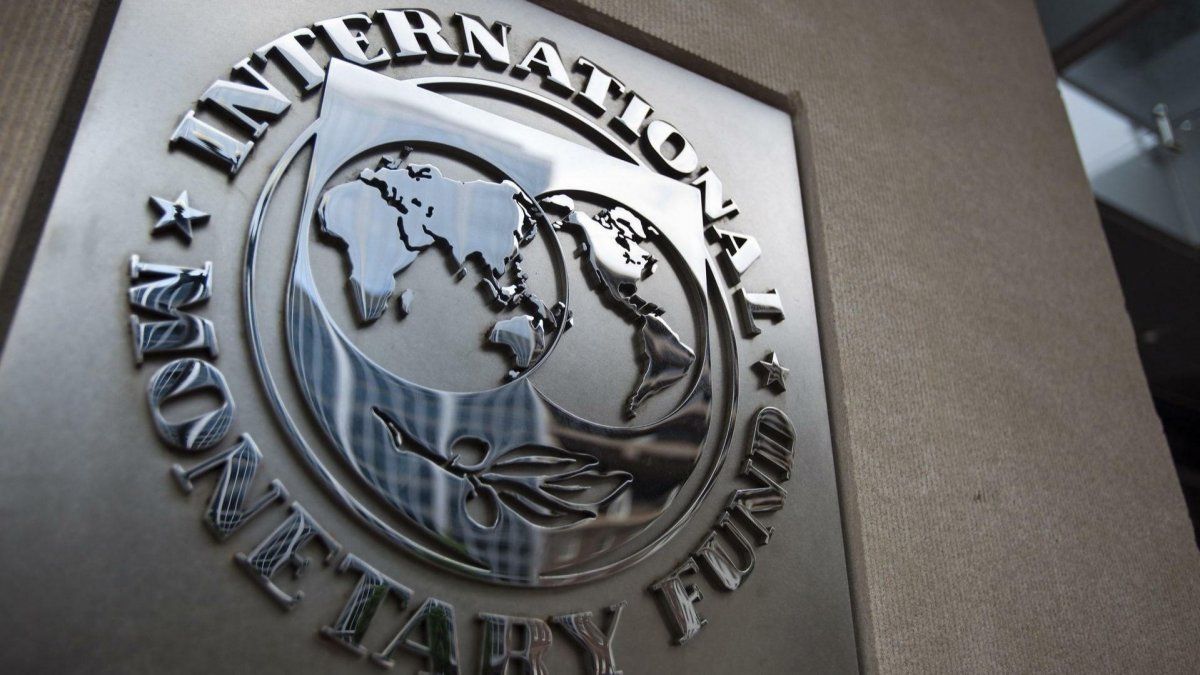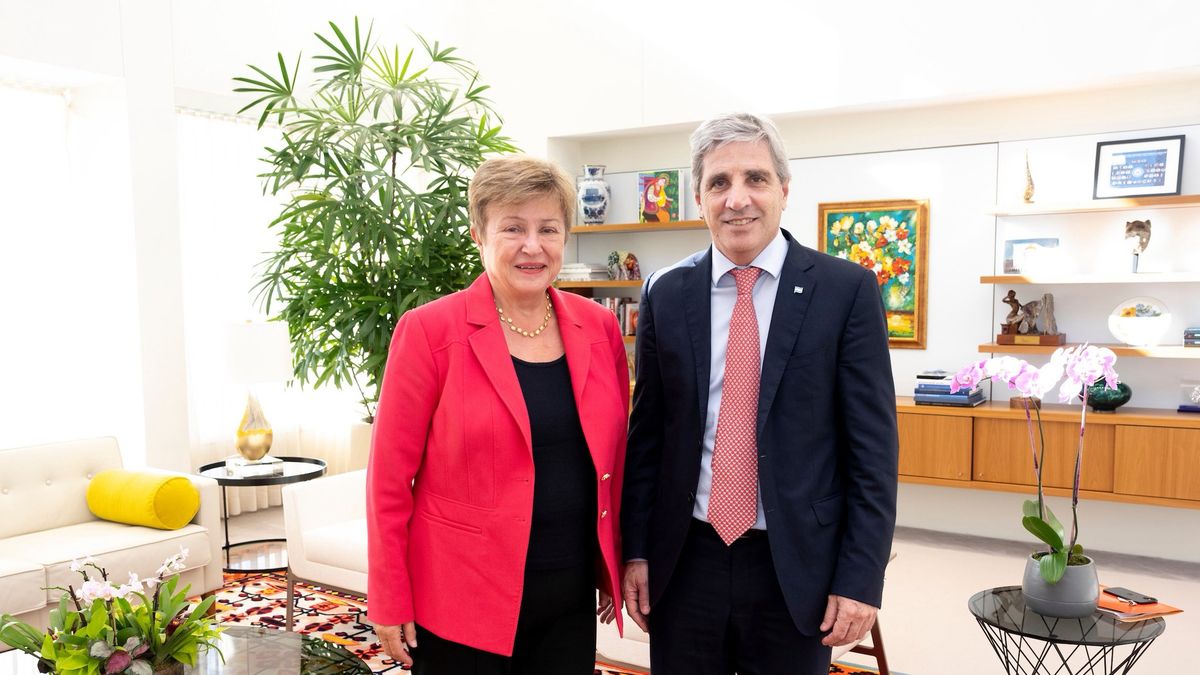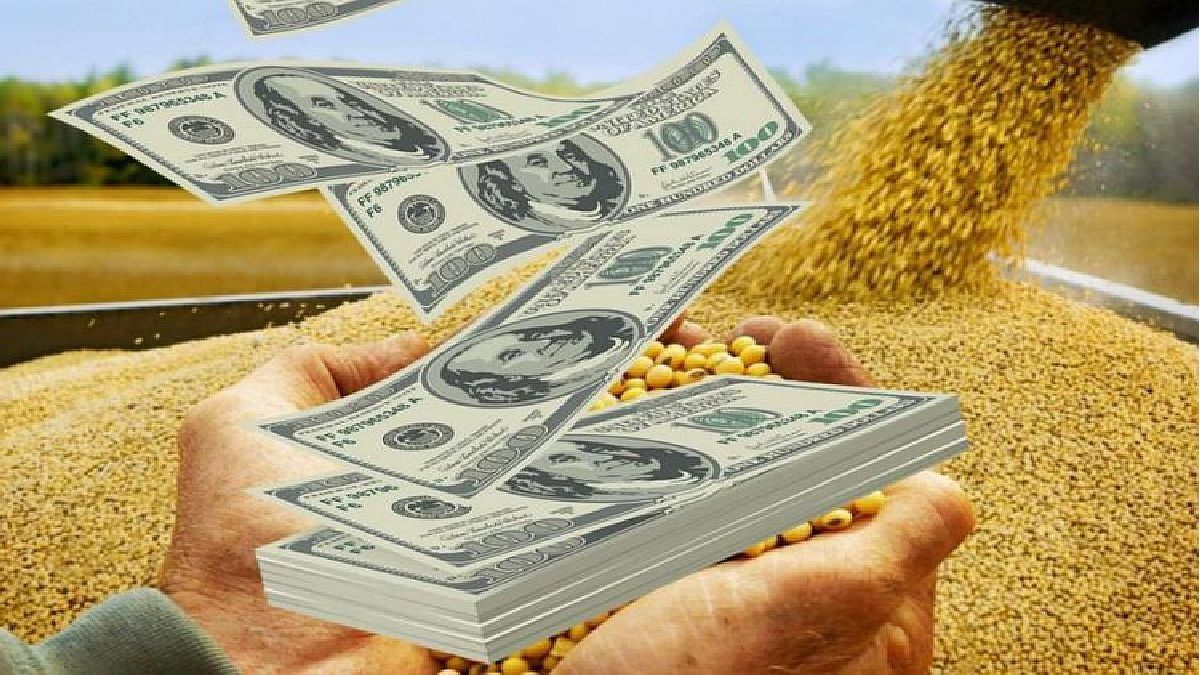“The determination of the real interest rate will take into account coincident and prospective inflation measures that will be updated monthly, taking into account other factors, such as the evolution of reserves”, says the draft of the understanding (dated February 12) in the chapter on “Monetary and Exchange Policy.” In turn, the document makes explicit, “the variation rate of the official exchange rate will preserve competitiveness by maintaining the real effective exchange rate in general without alterations in relation to the levels of the end of January 2022.”
According to the draft of the document, the new inflation estimates speak of a range between 38% and 48% this year, with a gradual reduction goal of 5 percentage points a year.
As Ámbito had anticipated, the objective pursued by the exchange rate update methodology in the agreement with the IMF seeks to achieve a balance between adjusting the exchange rate without making a devaluation jump and, at the same time, not having an impact on inflation. What does seem to be more on track in the talks is that this new methodology would tie the evolution of the exchange rate to inflation. However, as Ámbito learned, there are still differences regarding the depreciation rate that will be applied in the movement.
Intervention in the dollar
central bank.jpg
Regarding interventions in the official foreign exchange market, the dialogue with the IMF establishes that “will be consistent” with the “objective of accumulation of reserves” while clarifying that it will “take into account the variability that comes from seasonality and temporary episodes of excessive volatility.” In other words, the Central Bank reserves the ability to actively intervene in the market in the face of disruptive situations and thus avoid sudden devaluation jumps that further ignite the engine of inflation.
However, the document establishes limitations in other markets, such as “in the forward market without delivery of instruments” in which they will only intervene “in those circumstances in which guidance is required within the framework of monetary policy”. In other words, the Central Bank would limit its intervention in the futures market and also in the bond market, which makes it possible to contain the exchange gap between financial dollars and the wholesale dollar. The latter had already been anticipated by the president of the Central Bank, Miguel Pesce, in an interview with Ámbito.
In exchange matters, the dialogues with the IMF contemplate that capital control “will continue to be a key element”, although it clarifies that “as conditions normalize” it will seek to “make regulations on import payments more flexible to support recovery economic”. Also, towards the end of this year, it contemplates a modification of the foreign exchange criminal law that allows “improving the framework of sanctions” to allow the “introduction of the authorization of administrative fines.”
Source: Ambito
David William is a talented author who has made a name for himself in the world of writing. He is a professional author who writes on a wide range of topics, from general interest to opinion news. David is currently working as a writer at 24 hours worlds where he brings his unique perspective and in-depth research to his articles, making them both informative and engaging.




